Good Morning! If you have ever been on a boat in the waters of the USVI between St. Thomas and St. John, you will likely have noticed the strikingly rugged rock formation just off the eastern tips of Lovango and Congo Cays (pronounced KEYS). Present day, this particular rock is a great photo op, dive site and, for the dare devils out there, an advanced cliff jumping stop. But, what many people don’t know is the legend behind this distinctive and sharp rock that has likely made its way into the foreground of your sunset photos….
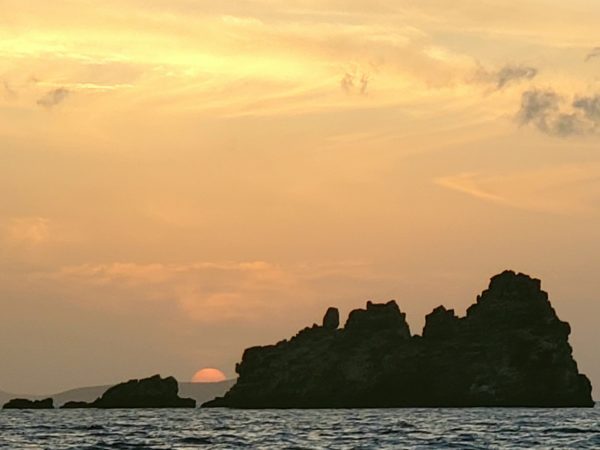
I’m a sucker for a good story. Dating back to my days in working on the Arkansas River in Colorado, I have always appreciated the backstories of natural formations and landmarks, passed down between raft guides or captains in order to mystify and entertain their guests. Maybe some of these stories are embellished, maybe they are completely fabricated..or maybe no one really knows the truth behind the legends that started this long chain of somewhat truthful tales.
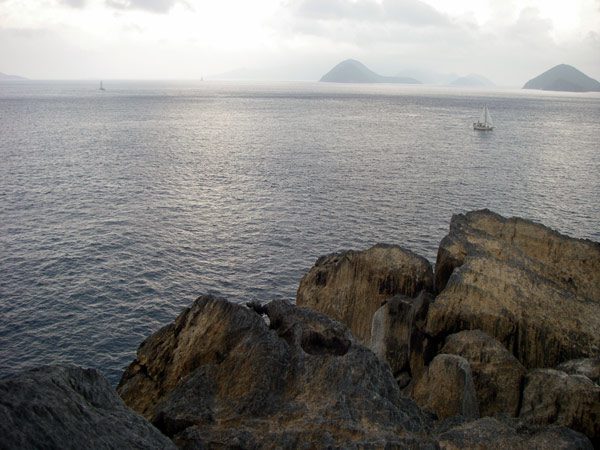
Either which way, one of my favorite legends to tell guests who sail with us on Asante is the legend and lore behind Carval Rock and how that formation became so rugged in a stark contrast to the rest of the Cays and Islands that surround it.
The way I tell it is this….
In the days of pirates and lawlessness in the then Danish West Indies, vessels were unable to clear into land in order to trade, purchase supplies, make repairs or (as Captain Teddy likes to interject) go to Lovango Cay for some Love-and-Go if they had live munitions on board. So, they would expel their cannons into this once smoothly rounded rock formation in order to legally clear into shore and go about their business. Over years of taking firing squad after firing squad, the rock transformed into the now rough and rugged landmark that we see today…Or so the story goes….
The guests seem to enjoy it and, as I said, I love a good fairy tale. But this recollection came to me from another boat captain in my early years on St. John….And I’ve always wondered the ACTUAL story behind this out-of-place islet that we sail past nearly every single day.
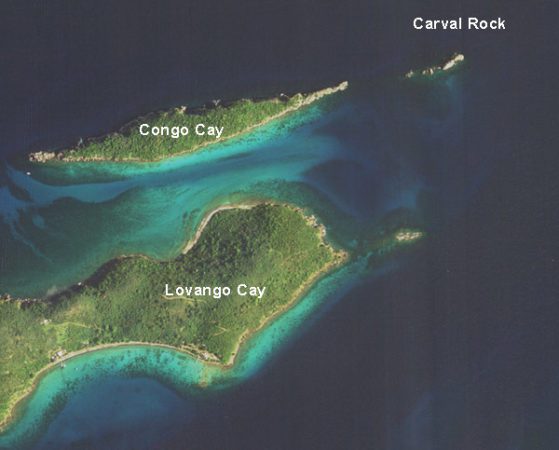
What I found in digging around online is not surprising…There are several different lores and legends available on different blogs and historic sites and none really seem to be COMPLETELY fact oriented. My story, however entertaining it may be, is not entirely false…But it’s also not a seemingly truthful tale 🙂
Here’s what I found….
In the 15th-17th centuries, Spanish, Portuguese, Dutch, French and English were sailing the seas of the world and, upon the discovery of the Caribbean, were all fighting to stake their claims on the untouched and immensely beautiful islands that scatter the blue waters in the region. This competition among “official sailors” of these countries, pirates and privateers to claim the islands of the Caribbean led to a lot of aggression on the high seas.
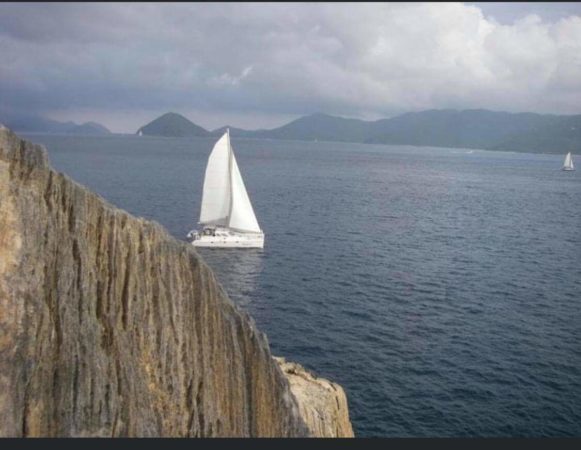
During this era, there was style of Spanish ship that rose to popularity….The “Caravel” was a small but speedy ship built by the Spanish and Portuguese in the 15th-17th centuries. The Nina and the Santa Maria of Christopher Columbus’ fleet were both in the style of “Caravel.” The spelling of the word would change, based on the nationality or heritage of the sailors using the word. Variations of the spelling are Carvel, Caravel or Carval. There are SEVERAL rock formations in the immediate region (USVI and BVI) and the following logic lines up to make sense of that.
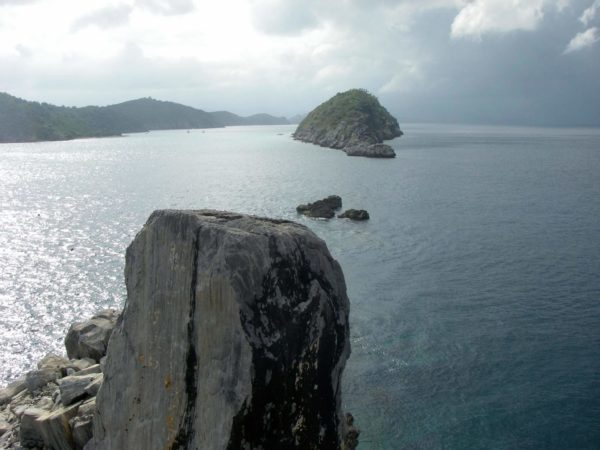
Keep in mind, there were no anchor lights or running lights on boats back then. Under the veil of night, vessels could pass within a mile of one another without realizing they had company. With the help of a looking glass and the light of the moon, a nightwatchman may have had the ability to spy a ship, or a rock that looked like a ship, after nightfall. In the dark, a rock like Carval sitting adjacent to larger islands may have looked like a boat in the harbor.
“A lump in the water within close proximity to an island, could easily look like another ship, lying in wait for treasure laden ships cruising the Caribbean Sea.” – BareboatsBVI.com
The theory of this writer is that the sailors may have charted these seemingly threatening rocks as “Carvavel” (or whichever spelling of the word they oriented towards based on their language) in order to rule out the threat at a later passing.
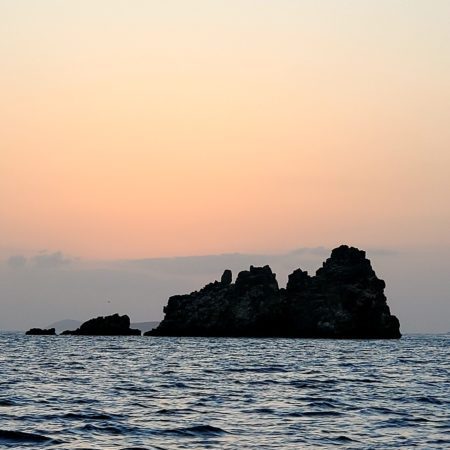
So, that brings me to the tales of Carval Rock of St. John locale. The most widely spread story behind the “shelling of Carval Rock” is this variation as shared by SeeStJohn.com:
Once upon a time, back in the early days of Caribbean colonialism, the captain of a British warship, patrolling at night mistook what is now known as Carval Rock for an actual Spanish caravelle. The captain ordered his men to fire upon the ship, which in the light of dawn proved to be, not the sailing ship with two or three masts and lateen sails used by the Spanish and Portuguese in the 15th and 16th centuries, but a big unsinkable rock. It is also part of the story that cannonballs can be found in the vicinity of the rock testifying to the night long battle. – SeeStJohn.com
So..not too far off as far as the demolition of the rock, right? HA! Not pirates as I had always secretly hoped. But still a pretty neat story that I can now correct when entertaining our guests on Asante!
Another story, that may actually be more factual based on historical evidence, is told by a beloved St. John legend Captain John Brandi, former owner of Palm Tree Charters. I did not personally know Captain Brandi…he passed away after a battle with cancer in 2015. But Jenn wrote a beautiful memoir to him after his passing…And, upon reading it, I definitely wish I had the pleasure of knowing him as well.
On-stjohn.com, a former blog site for all things St. John, hosted a video series featuring Captain Brandi entitled “Shot of Brandi.” And, in my digging for the stories behind Carval Rock, I found his recollection of the story of Sir Francis Drake and his pit stop at Carval Rock en route to Puerto Rico. According to Captain Brandi, in 1599 the late English explorer and privateer led 27 ships with 3000 men from Virgin Gorda along the channel that would later bear his name. On their way to challenge the Spanish ownership of Puerto Rico, they stopped for some canon target practice at, you guessed it, Carval Rock.
Which of these stories are true and which are legend passed down over the ages is unclear. But, as I said, I love a good story and I find them all to be extremely interesting and entertaining…I love learning new things about this beautiful place every day. I hope you’ve enjoyed it as well!
Disclaimer: Of the many spellings for Carval Rock, I chose to use the one most predominantly featured on USVI maps for the purpose of this article. This spelling, however, is also defined as an English carol, traditionally sung after Christmas Eve services….The more you know!


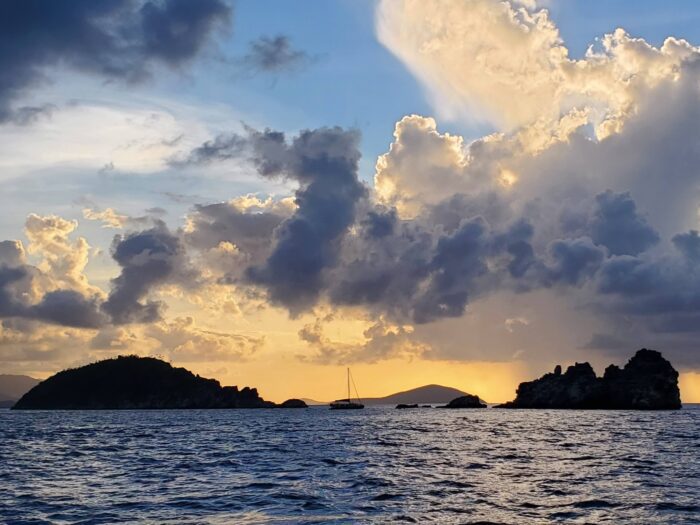
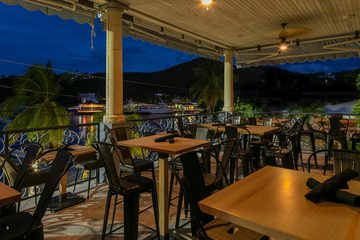
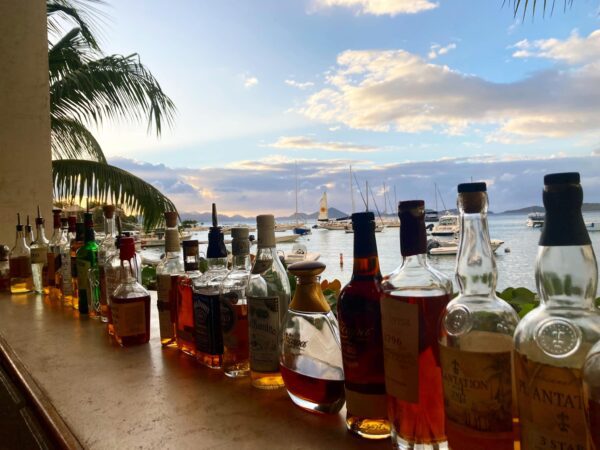
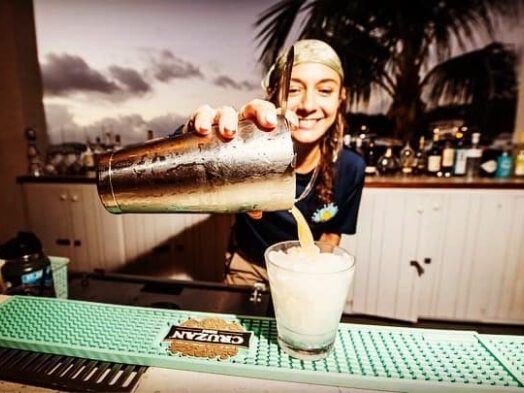
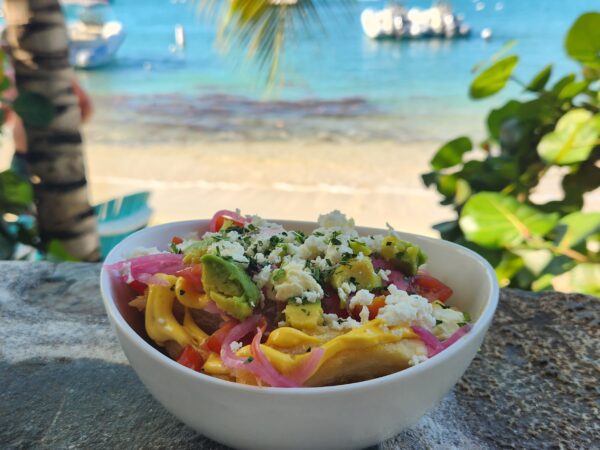
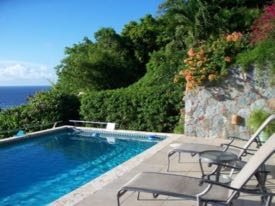
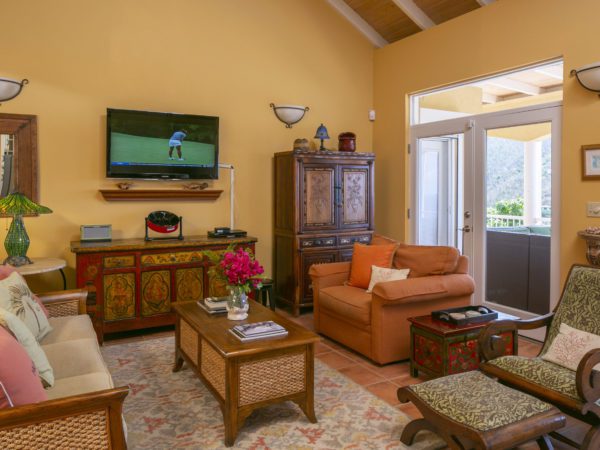
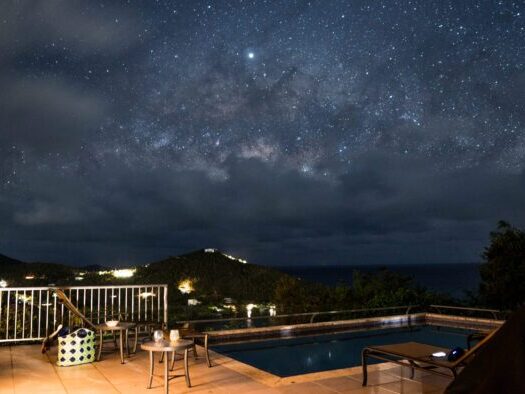
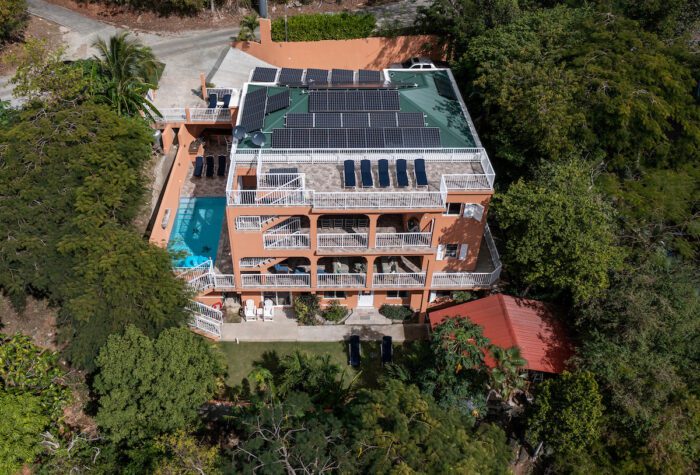
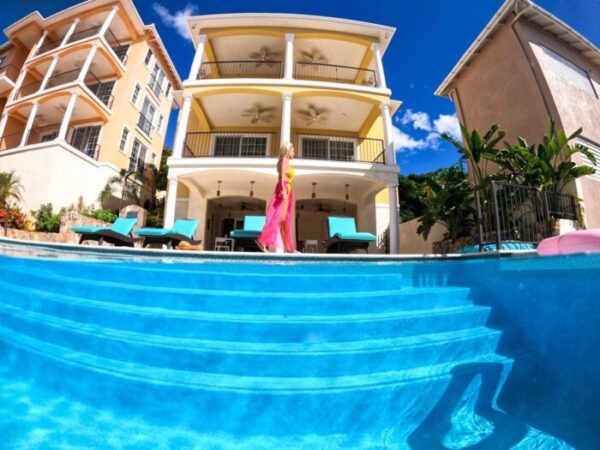
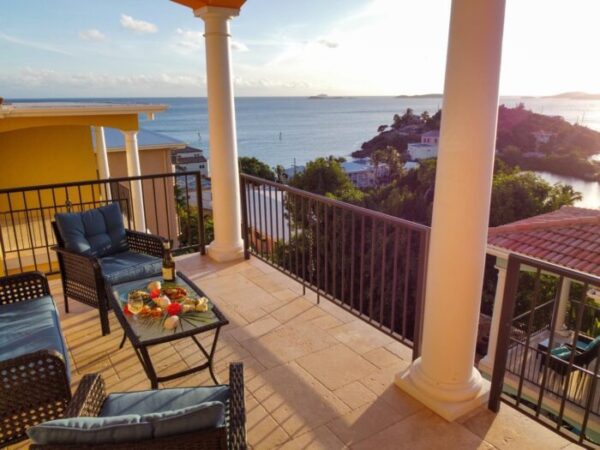
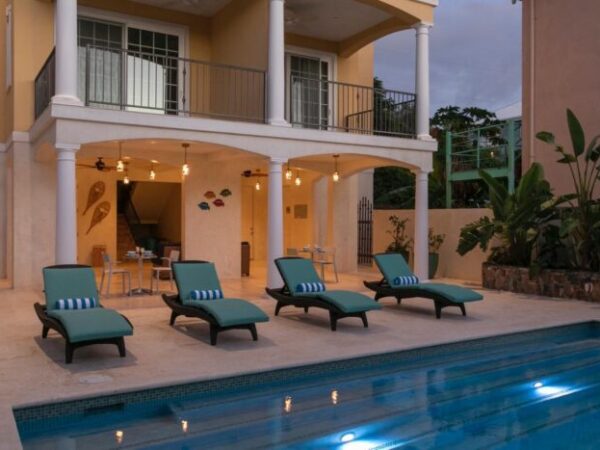
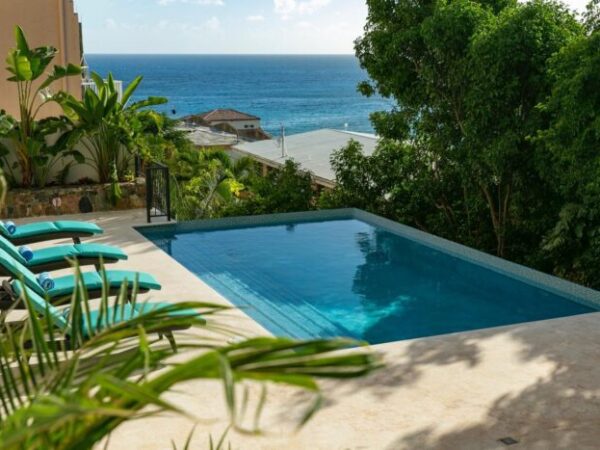


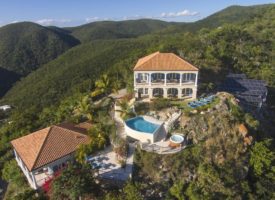
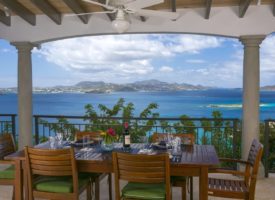
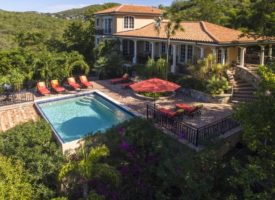
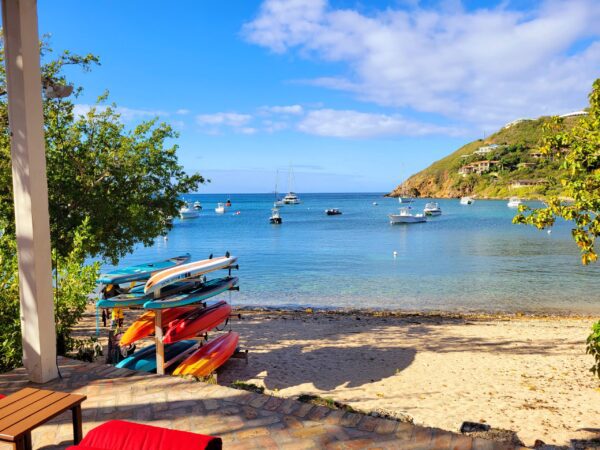
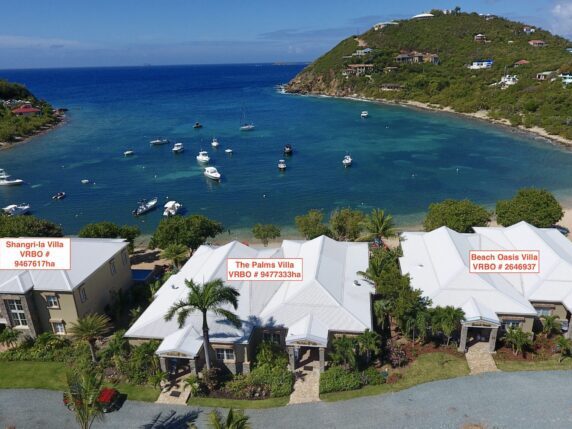
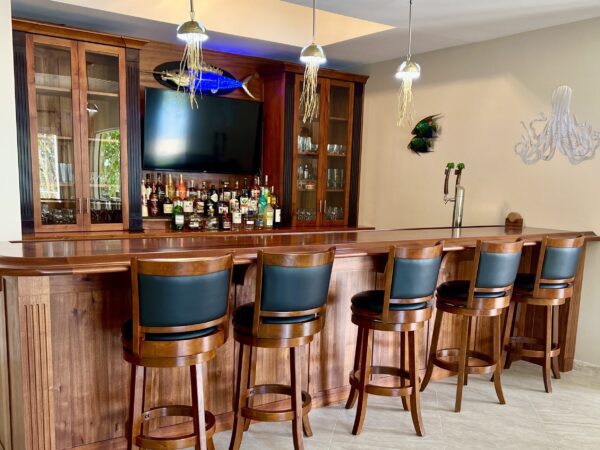
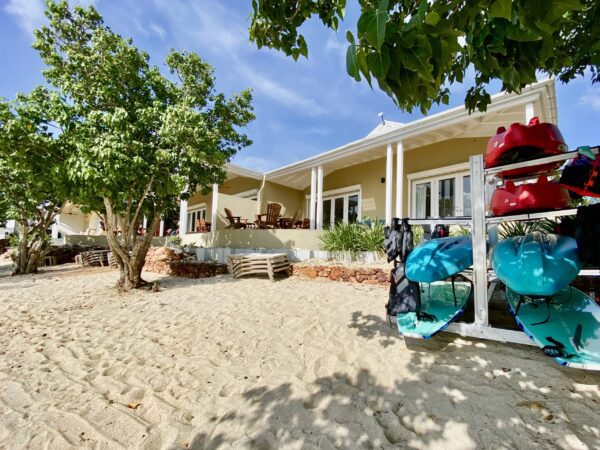
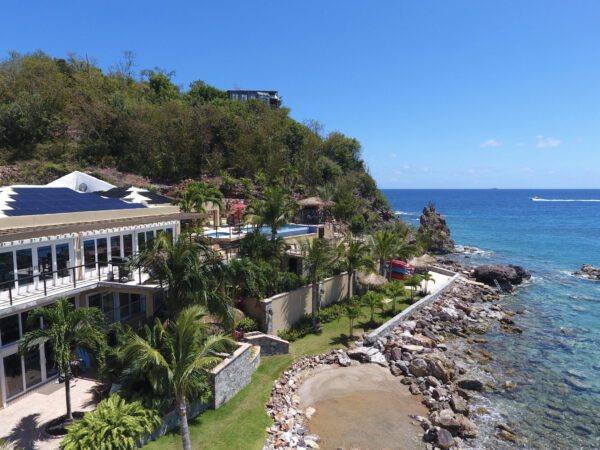
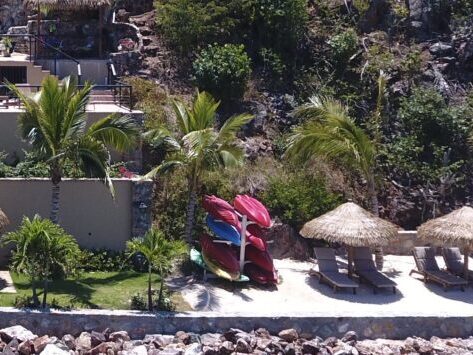
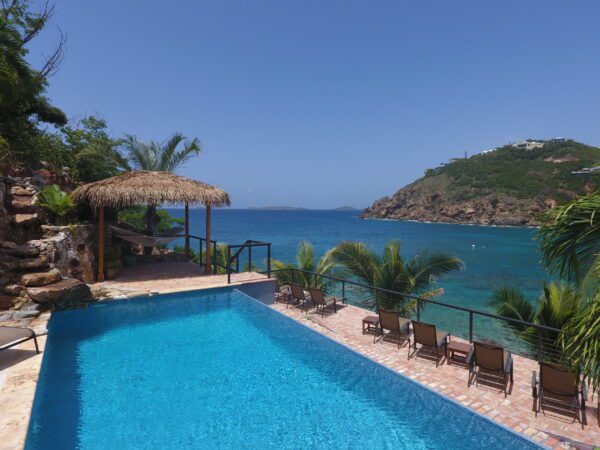
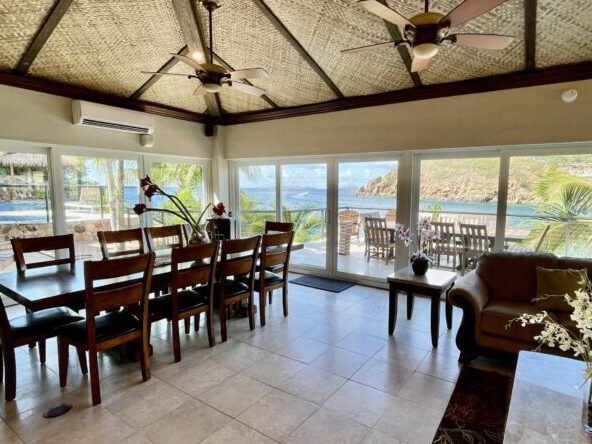
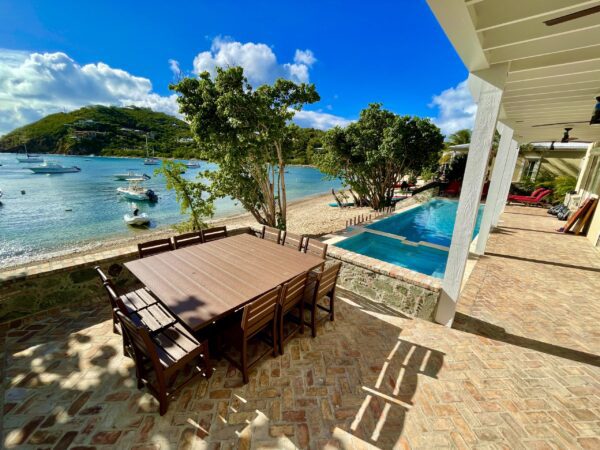

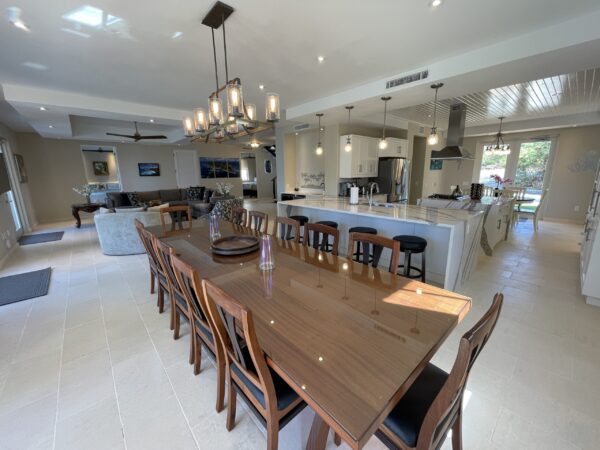
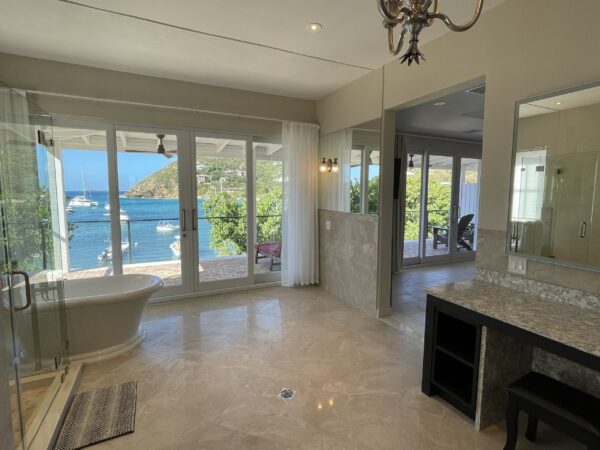

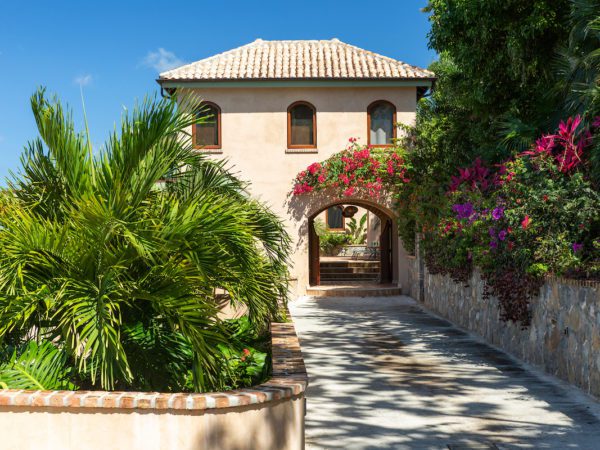
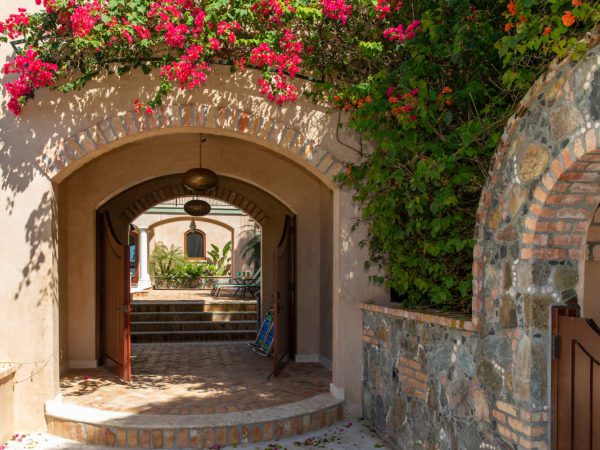
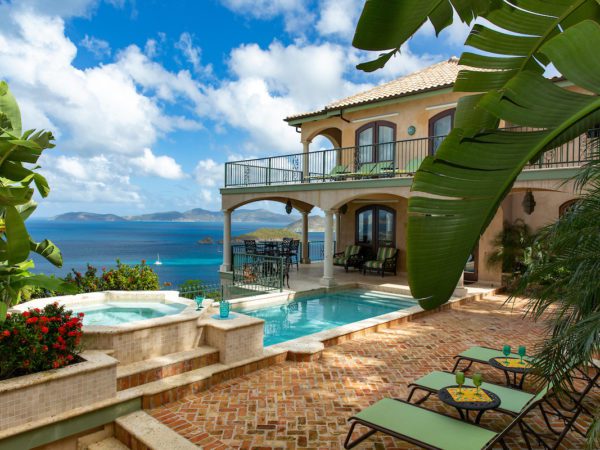
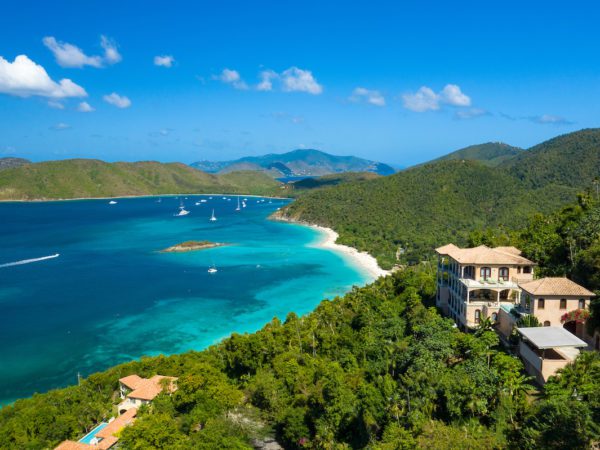
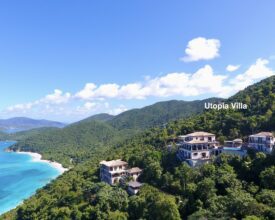
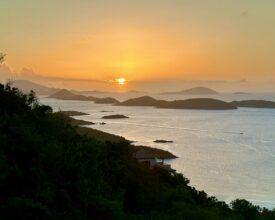
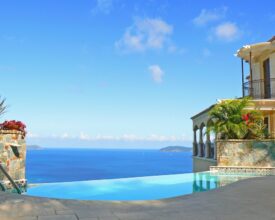
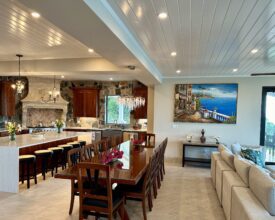

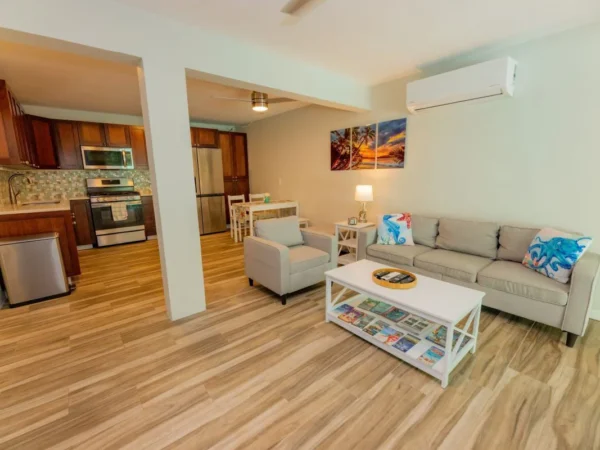
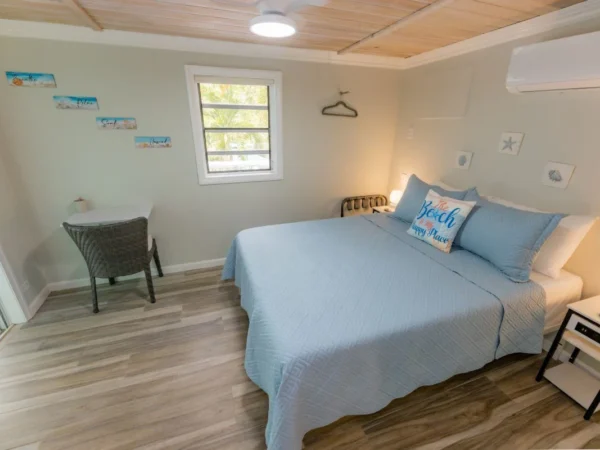
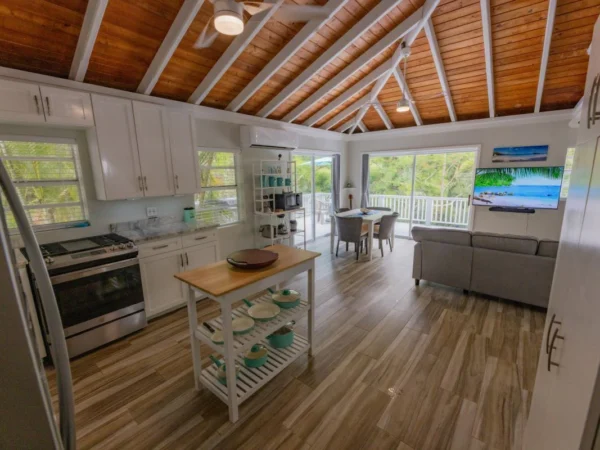






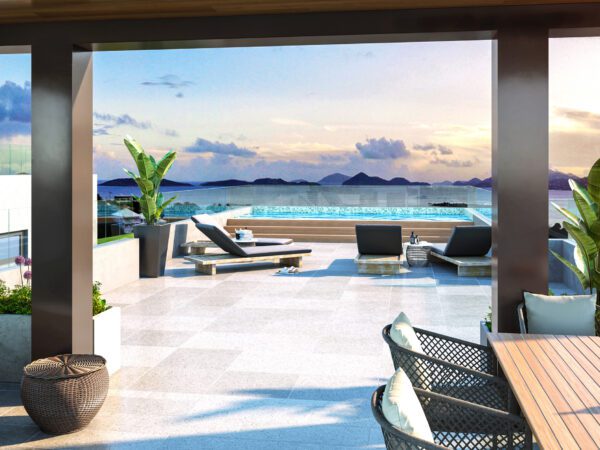

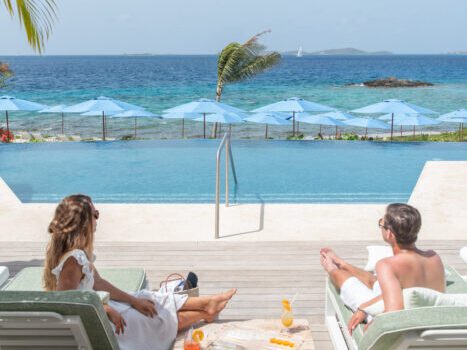
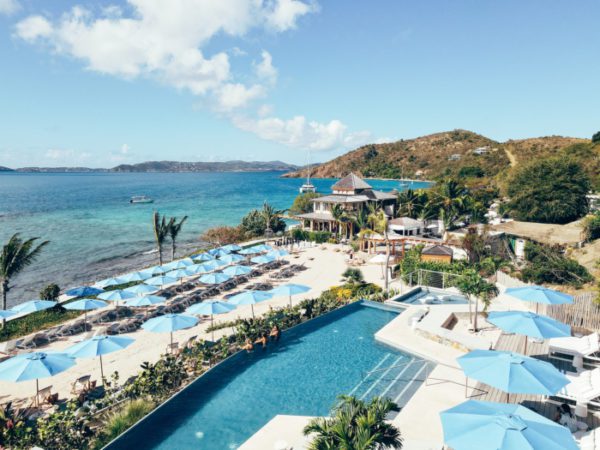
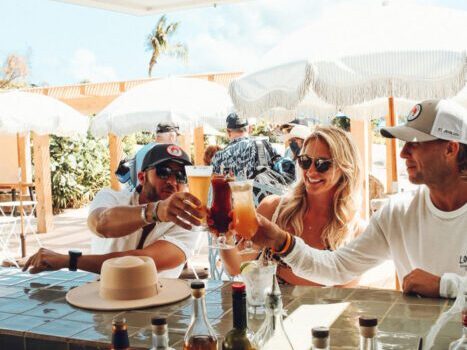
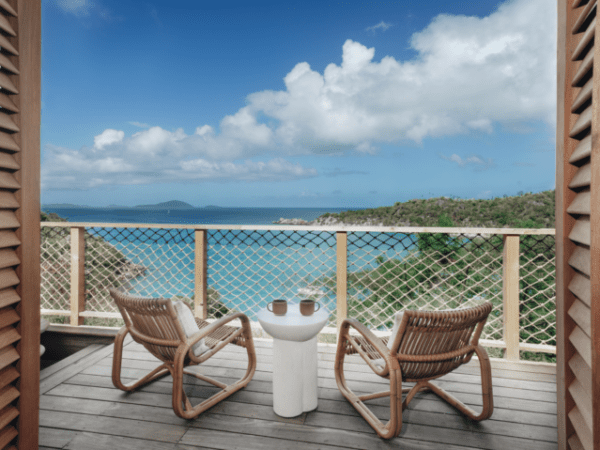
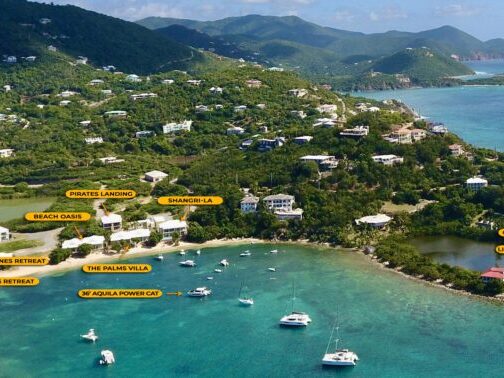
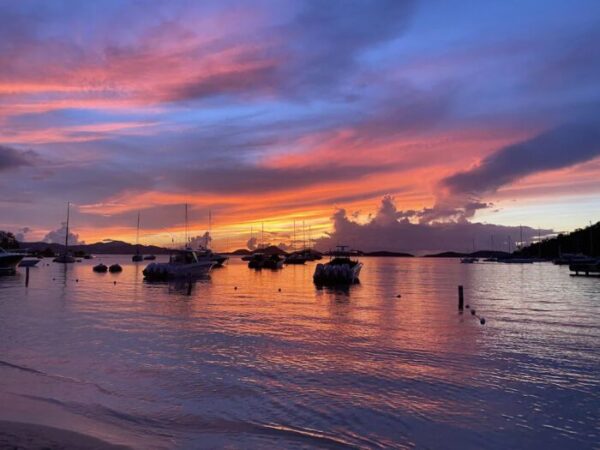
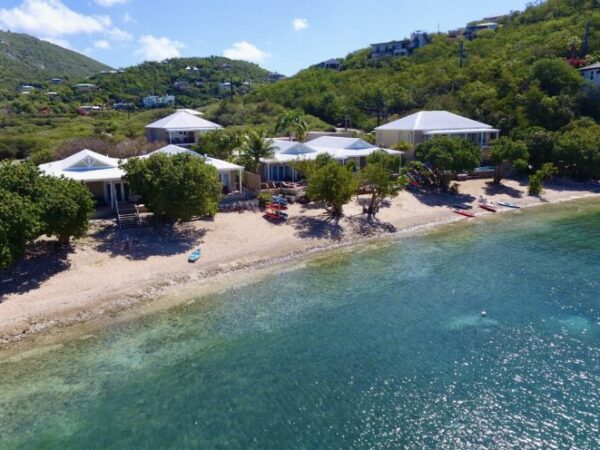
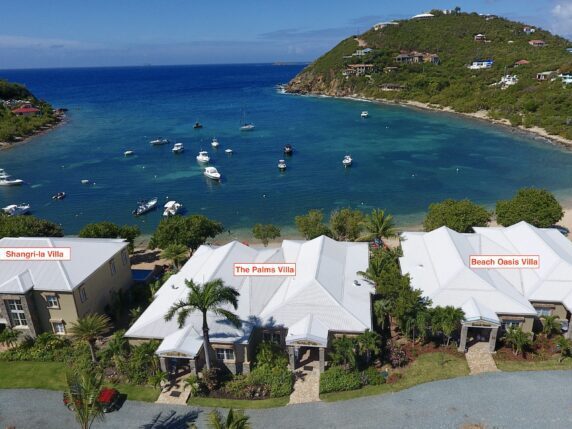
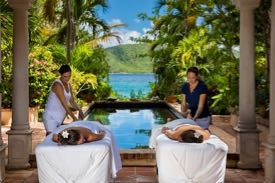

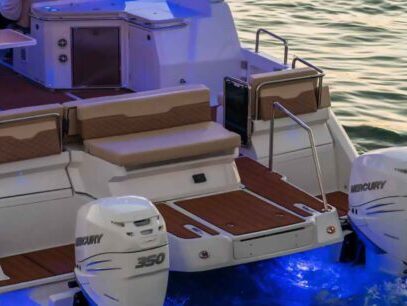
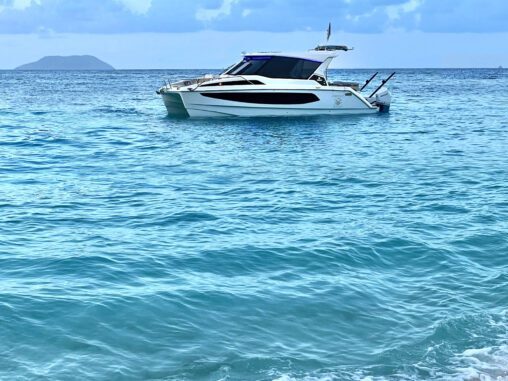


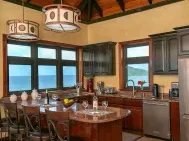
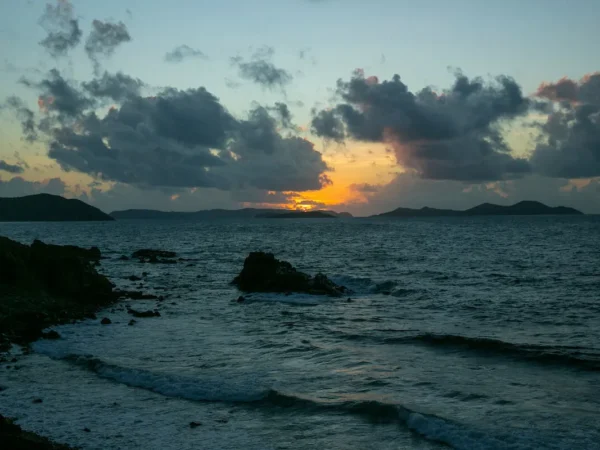
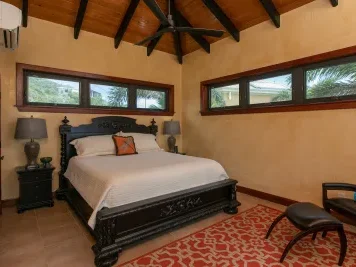
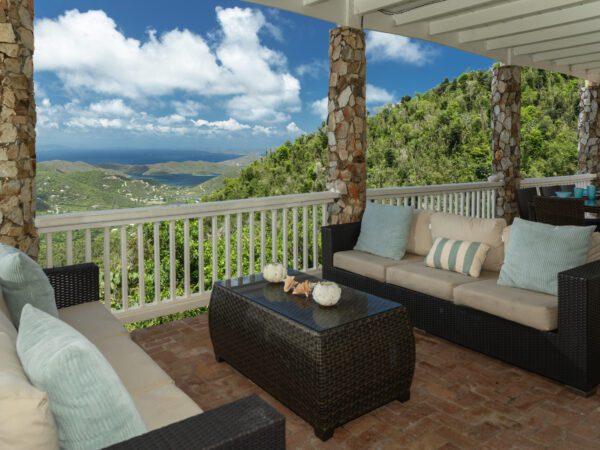
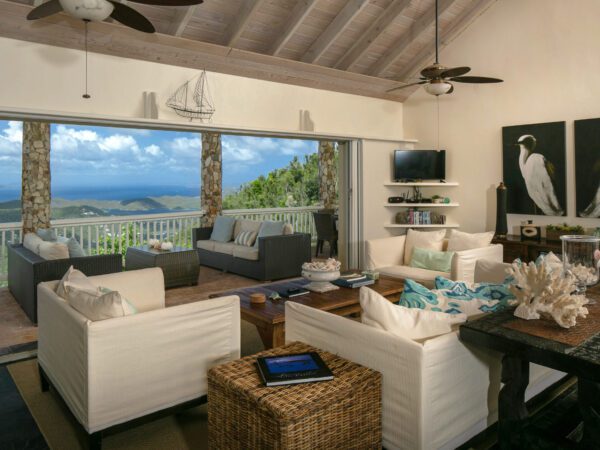
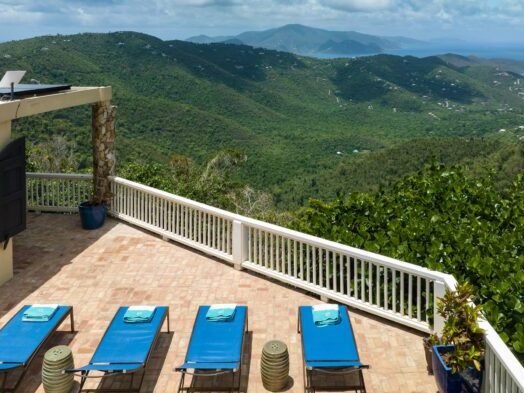
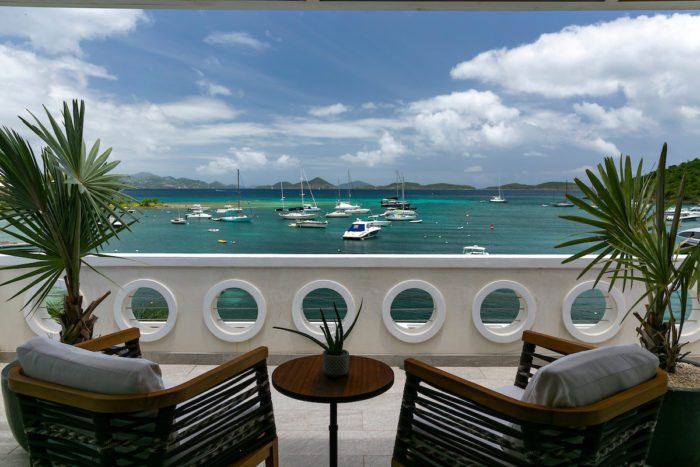

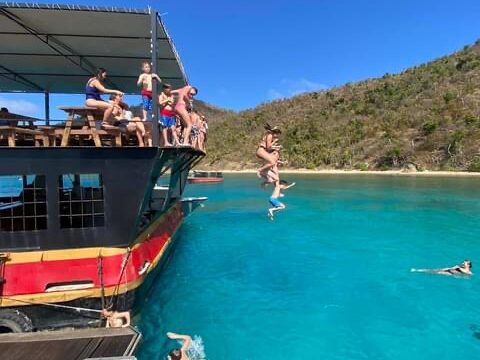
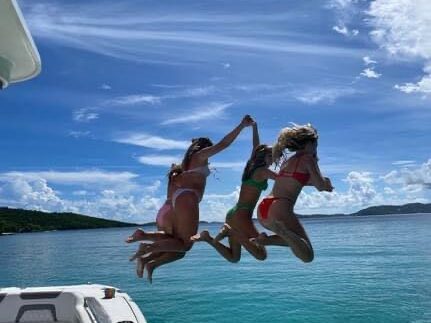
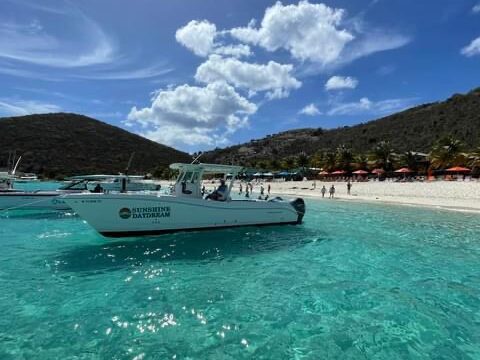
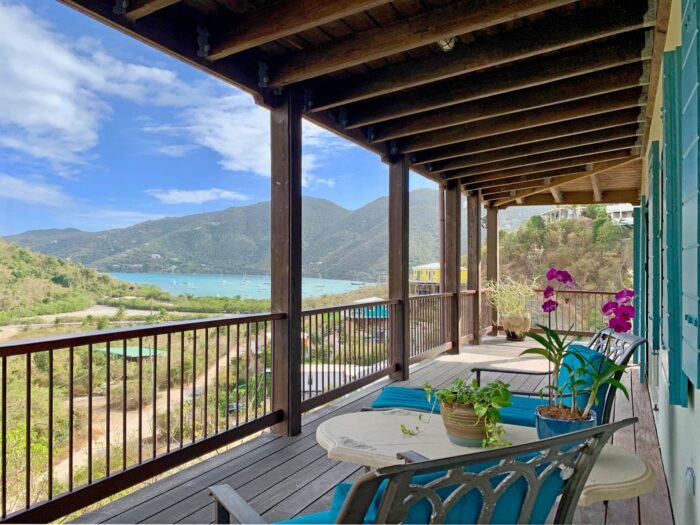
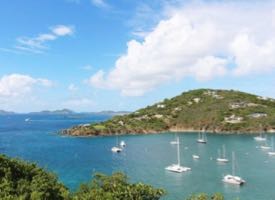
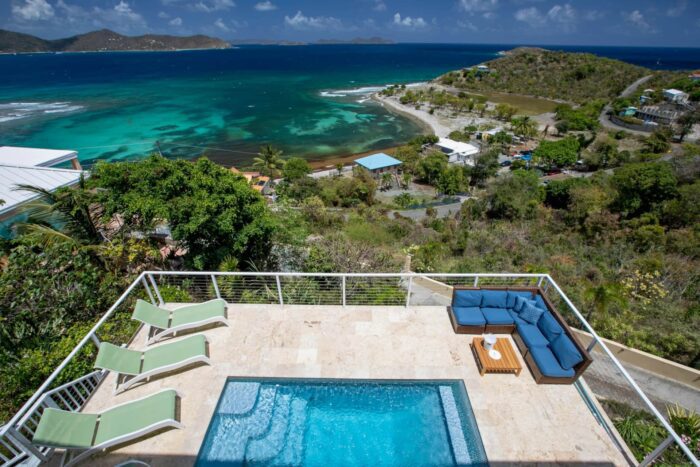


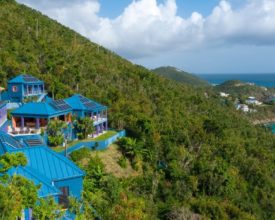
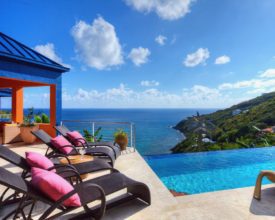
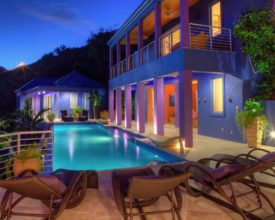
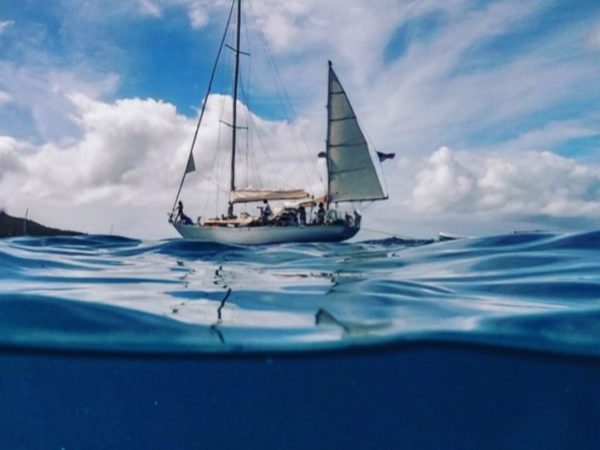
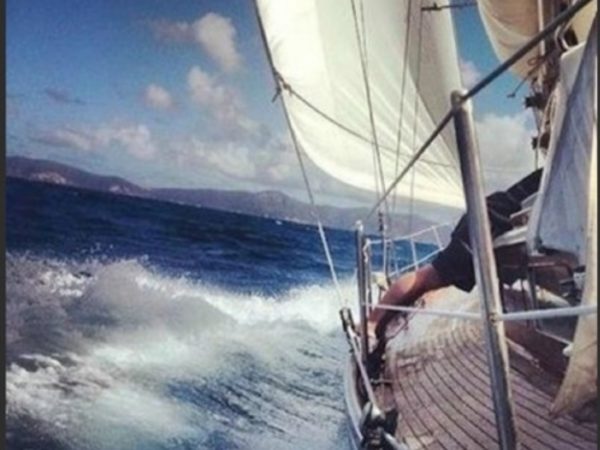

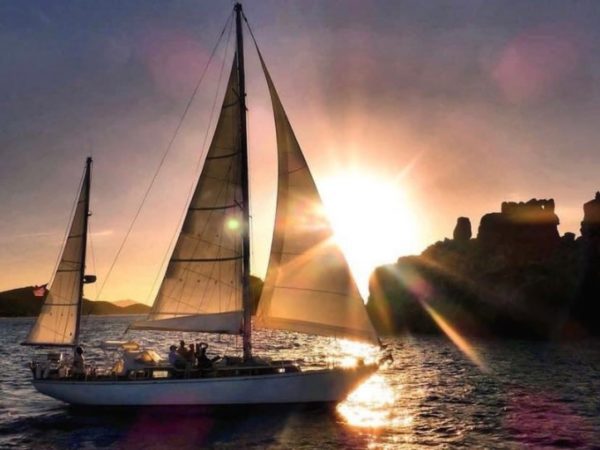
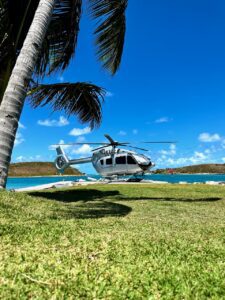

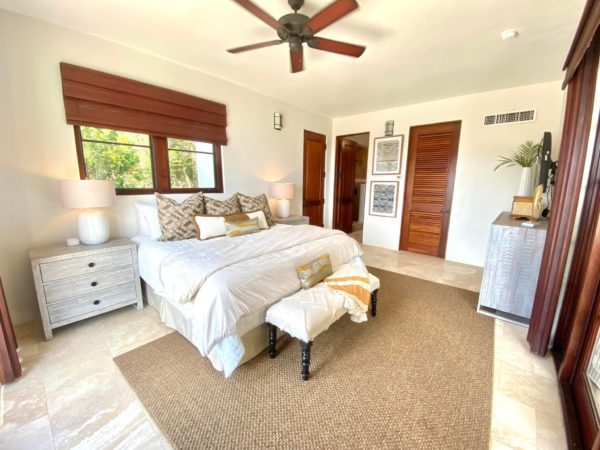
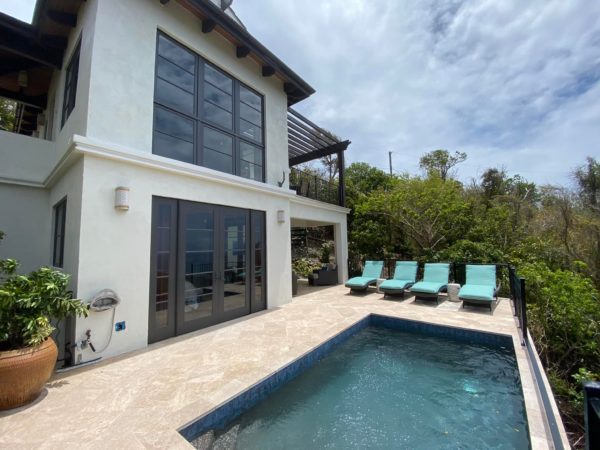
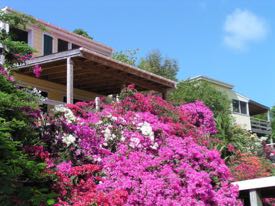
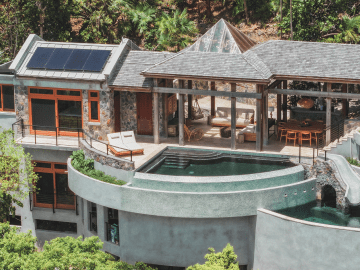
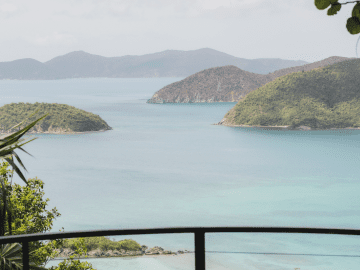
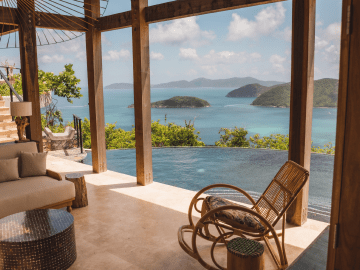
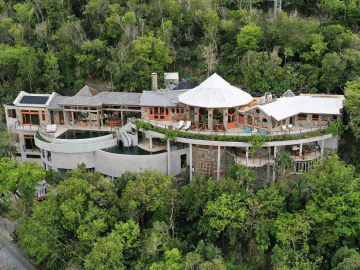
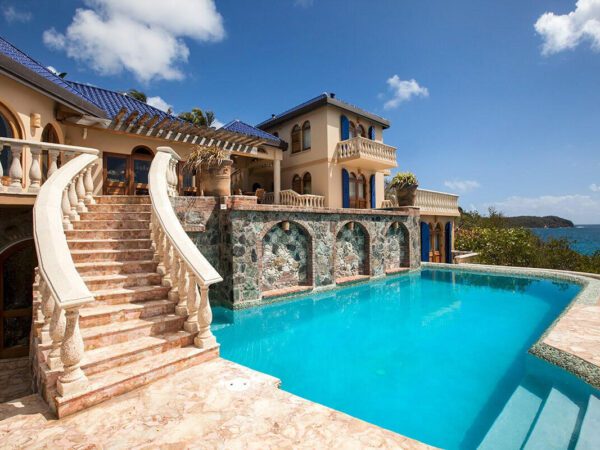
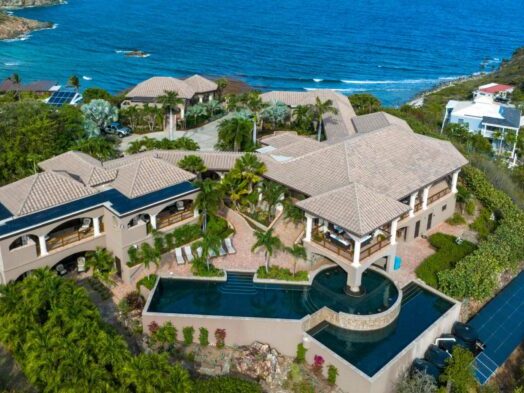
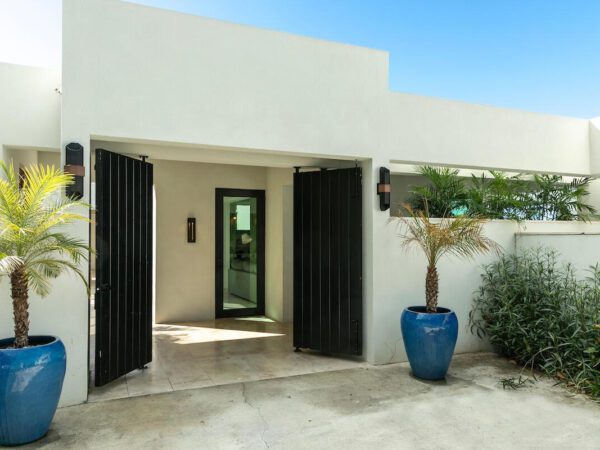
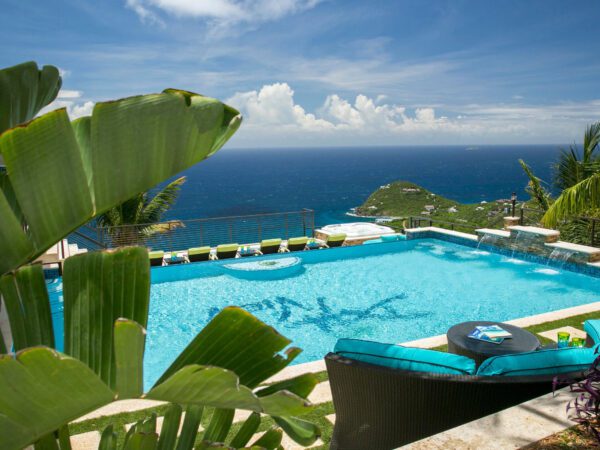
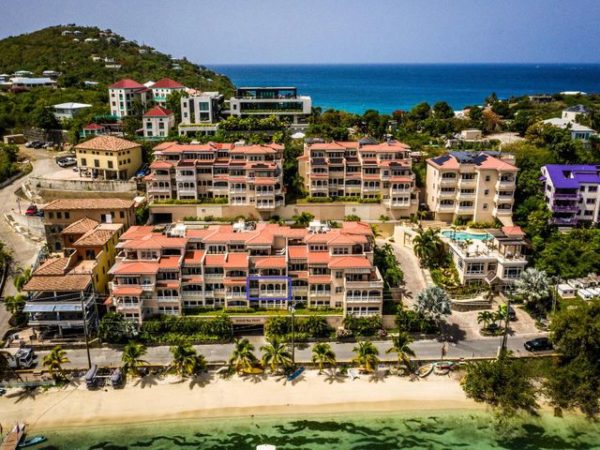
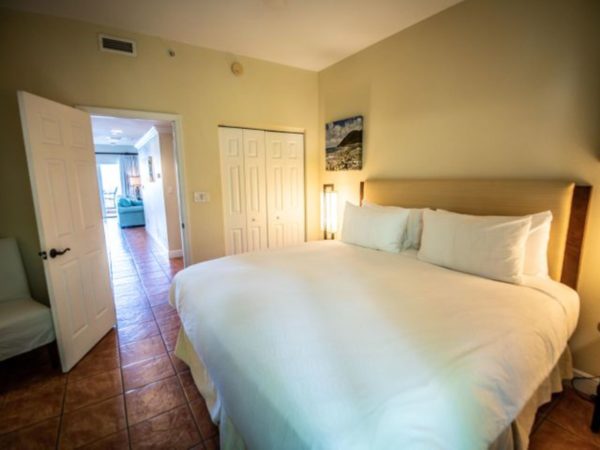
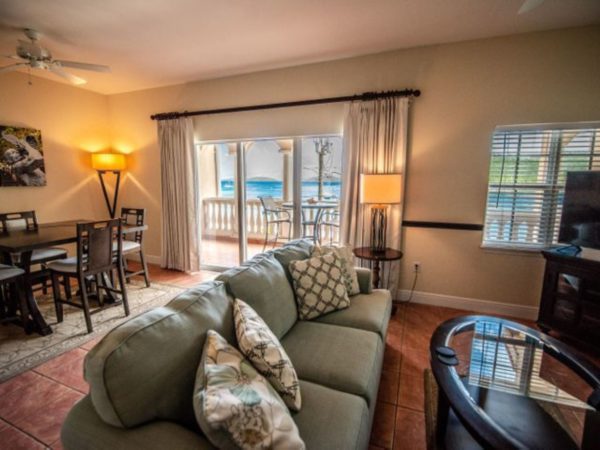
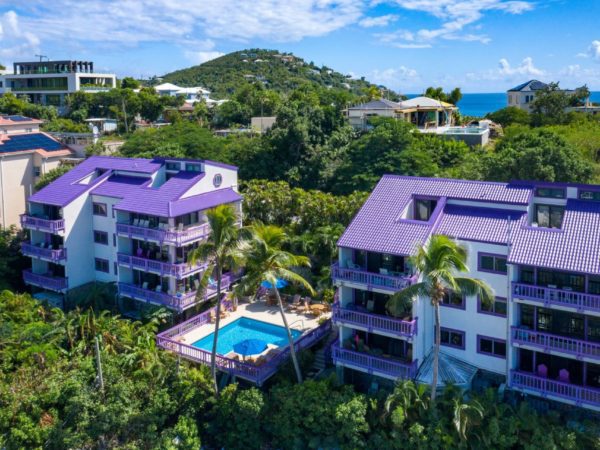
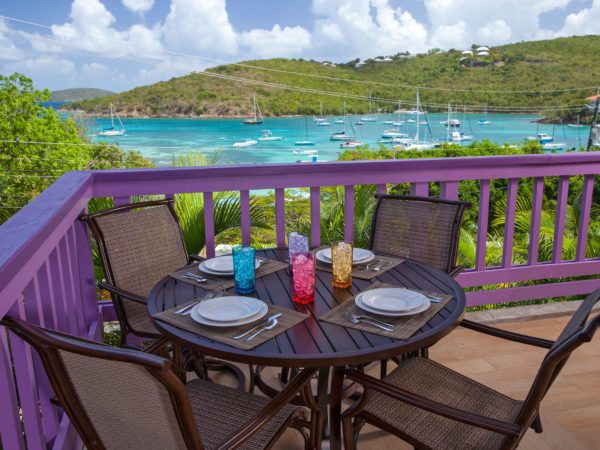
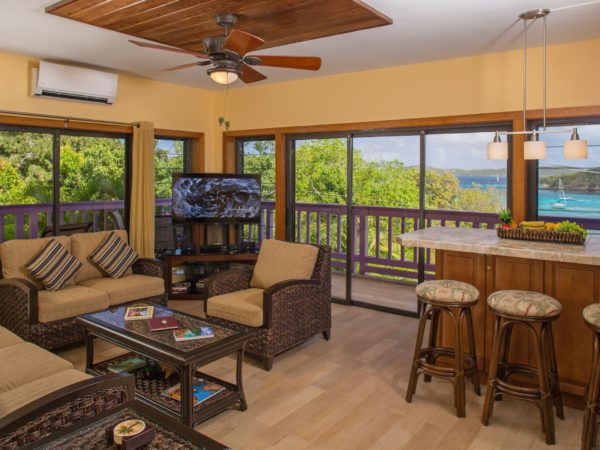

So many great memories with Captain John Brandi. He is missed. He helped my husband set up a beautiful marriage proposal to me in 2010. He did the same for my son in law in 2014. Loved his stories! Many great adventures!
Back in the days? Lovango was not called Lovango Cay back in the days. It was called Loango Cay. It was after the US bought the Virgin Islands was the v inserted in the name Lovango.
All of the outlying Cays were named after locations in Africa
Loango is part of the African country Gabon, which lies on the West coast of Africa.
Loango is now famous for the surfing Hippos at Loango National Park in Gabon!
What fun!! Thank you for sharing a part of history from our favorite place in the world. Now when I see this rock island I will think of the stories. Awesome!
Oh how we miss you Captain John …
This post really brings back fond memories of when I was 20 and I actually lived on Lovango. Circa 1993 there was one house there owned by some guy named “Tim” and a delapotated, from what I was told, 400 year old fishing shack. My mates and I made that shack our “home” for about a month. The island was “ours” with countles hikes and adventures over to Congo cay. I will never forget the time we fished with hand spools between the cays on Christmas morning for strawberry grouper. I was caugh in a tarpon run which lasted like “forever” it will be a cherrished lasting memory for all my life. Me and Lovango Cay have a special bond. <3